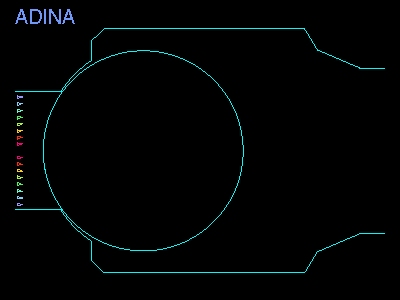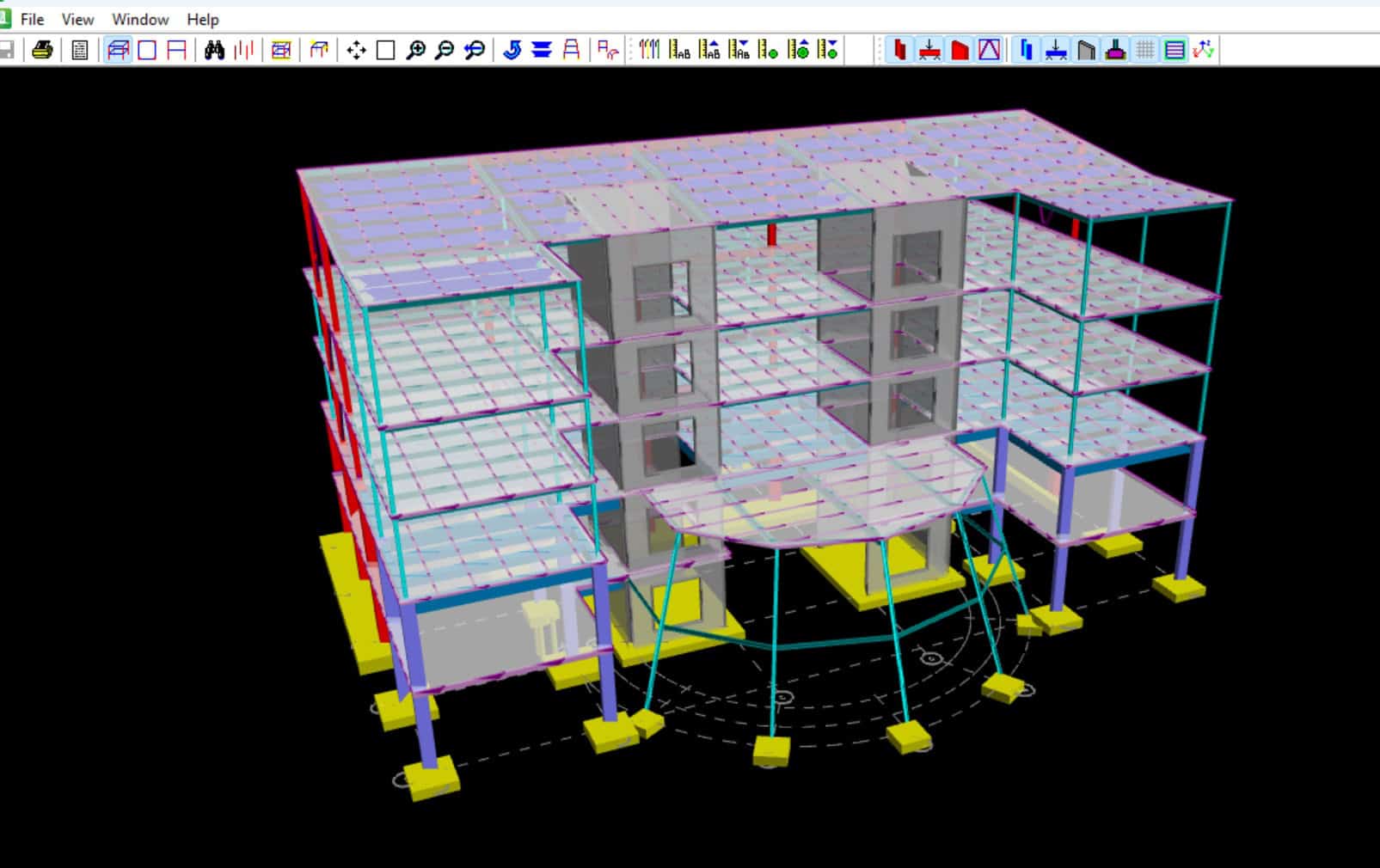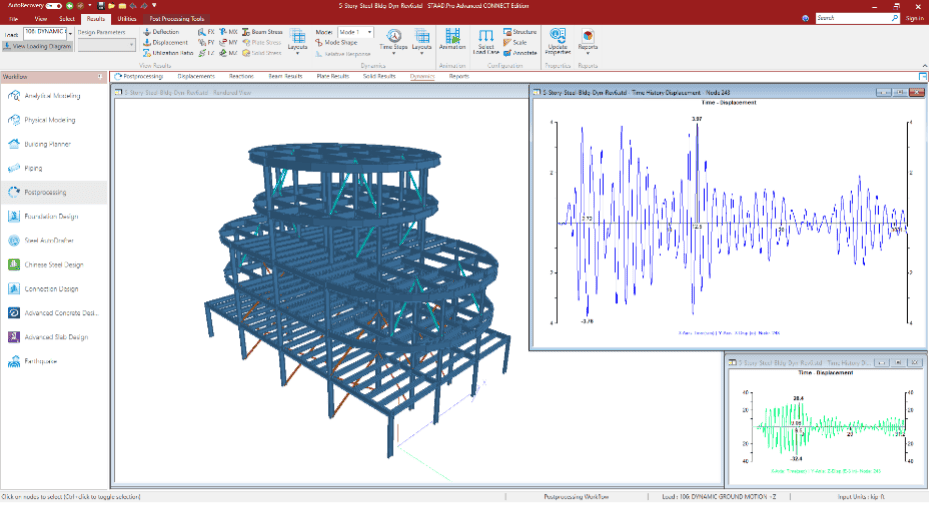The ADINA-TMC (Thermo-Mechanical Coupling) program is a powerful tool for fully coupled thermo-mechanical analysis of problems in which the thermal solution affects the structural solution and the structural solution in turn affects the thermal solution. ADINA-TMC takes into account such effects as the internal heat generation due to plastic deformations of the material, heat transfer between contacting bodies, and surface heat generation due to friction on the contacting surfaces.
The above animation shows the contact pressure and the temperature variation in a disk brake system (schematic below). The simulation was performed using ADINA-TMC, and includes the effects of heat transfer between the piston, brake pads, brake disk, and the fixed plate, and frictional heat generation between the contacting surfaces.
The brake force is applied as a uniform pressure on the piston, which causes the piston and the fixed plate to come in contact with the brake pads. The speed of rotation of the disk goes down from 300 to 0 rpm in 5 seconds, and stays at 0 after that. The problem is modeled using 2D axisymmetric elements subjected to an out-of-plane contact slip loading. This out-of-plane sliding between the pads and the piston is the main source of frictional heat generation.





